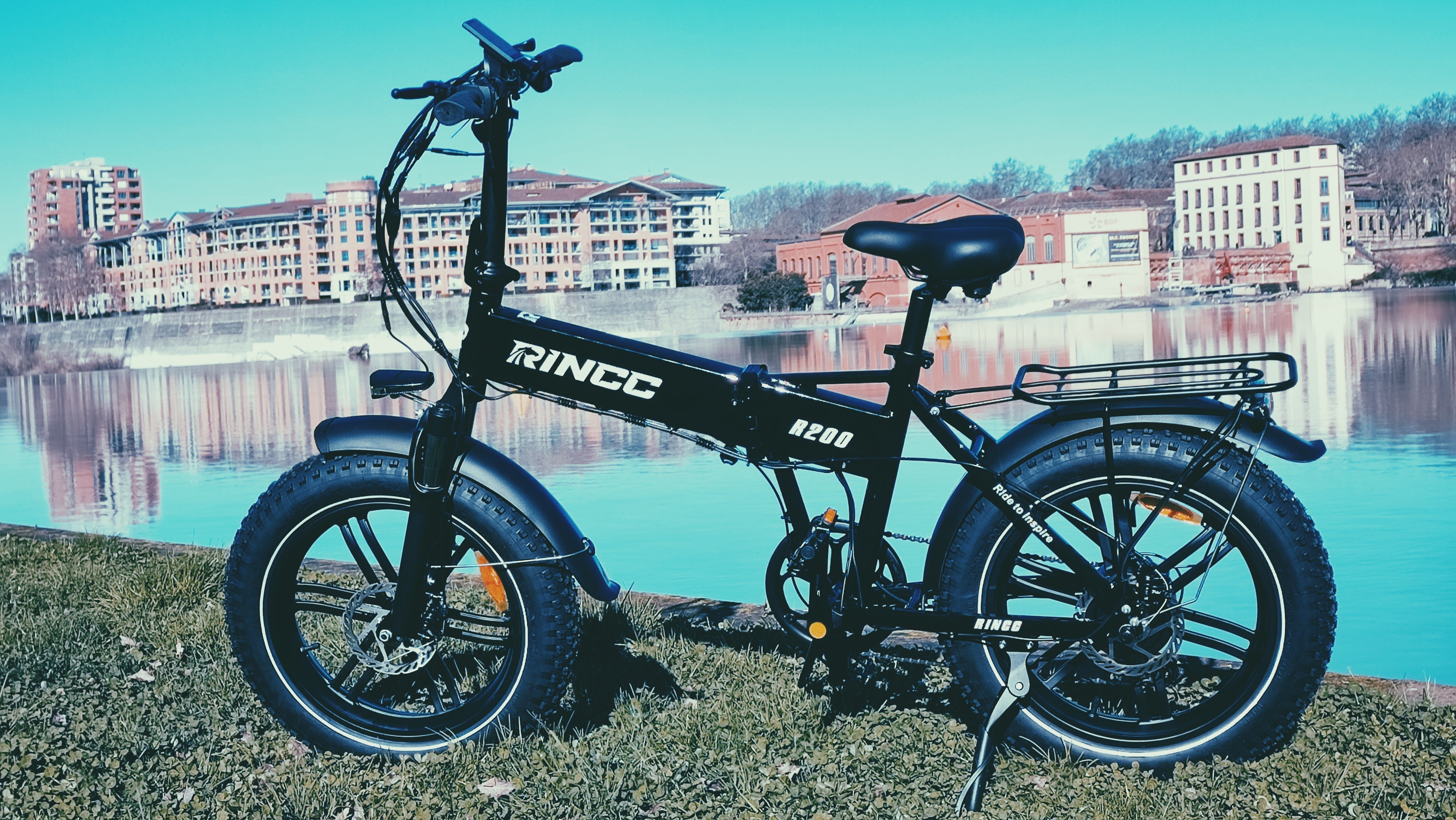When selecting an electric bike, one crucial decision is choosing between a front or rear hub motor. This choice significantly influences your riding experience, affecting aspects like traction, balance, and overall performance. Understanding the differences between these motor placements can help you make an informed decision tailored to your cycling needs.
Understanding Front and Rear Hub Motors
Front Hub Motors
Front hub motors are located in the center of the front wheel. They operate independently of the bike's chain and gearing system, pulling the bike forward. This setup is relatively straightforward, making installation and maintenance more manageable.
Rear Hub Motors
Rear hub motors are positioned in the rear wheel hub, pushing the bike forward. This configuration offers a riding experience closer to traditional cycling, with power delivered through the rear wheel. It provides better traction, especially during acceleration and climbing.

Comparing Performance: Front vs. Rear Hub Motors
Power Transmission
- Front Hub: Pulls the bike forward, which can lead to reduced traction, especially on slippery surfaces.
- Rear Hub: Pushes the bike forward, offering better traction and a more natural riding feel.
Climbing Ability
- ·Front Hub: May struggle on steep inclines due to weight distribution shifting away from the front wheel.
- Rear Hub: Excels in climbing, as the rear wheel maintains better contact and traction.
Riding Stability
- Front Hub: Can affect steering and handling, particularly at higher speeds or on uneven terrain.
- Rear Hub: Provides enhanced stability and control, especially beneficial for off-road or high-speed riding.
Maintenance and Durability
- Front Hub: Simpler design leads to easier maintenance, but the front fork may experience increased wear over time.
- Rear Hub: More complex maintenance due to integration with the drivetrain, but generally more durable and better suited for challenging conditions.
Cost and Value
- Front Hub: Typically more affordable, making it suitable for budget-conscious riders or those new to e-bikes.
- Rear Hub: Slightly higher cost, but offers superior performance and is ideal for serious cyclists or those tackling diverse terrains.
Choosing the Right Motor for Your Needs
Your choice between a front and rear hub motor should align with your riding habits and requirements:
- Urban Commuting: If you're navigating flat city streets and prefer a cost-effective solution, a front hub motor may suffice.
- Off-Road and Hilly Terrain: For tackling steep hills or rugged trails, a rear hub motor provides the necessary power and stability.
- Long-Distance Touring: Rear hub motors are better suited for extended rides, offering consistent performance over varying terrains.
Rincc Electric Bikes: Tailored to Your Riding Style
At Rincc, we offer a range of electric bikes designed to meet diverse cycling needs:
- Rincc RN50: Equipped with a 750W rear hub motor, this model is perfect for all-terrain trails, providing excellent grip and stability.
- Rincc R200: Featuring a robust rear hub motor and fat tires, the R200 is ideal for off-road adventures, ensuring a smooth and controlled ride even on challenging surfaces.
Explore our full range of electric bikes at www.rinccbike-eu.com to find the perfect match for your cycling aspirations.
Conclusion
The decision between a front and rear hub motor hinges on your specific riding needs and preferences. Front hub motors offer simplicity and affordability, suitable for flat terrains and casual commuting. In contrast, rear hub motors provide enhanced traction, stability, and performance, making them ideal for more demanding rides. By understanding these differences, you can select an electric bike that delivers the best experience for your cycling adventures.




Aktie:
What Is the Typical Time to Cover 15 km on an E-Bike?
Mid-Drive vs Rear Hub Motors: Which E-Bike Motor Best Suits Your Riding Needs?